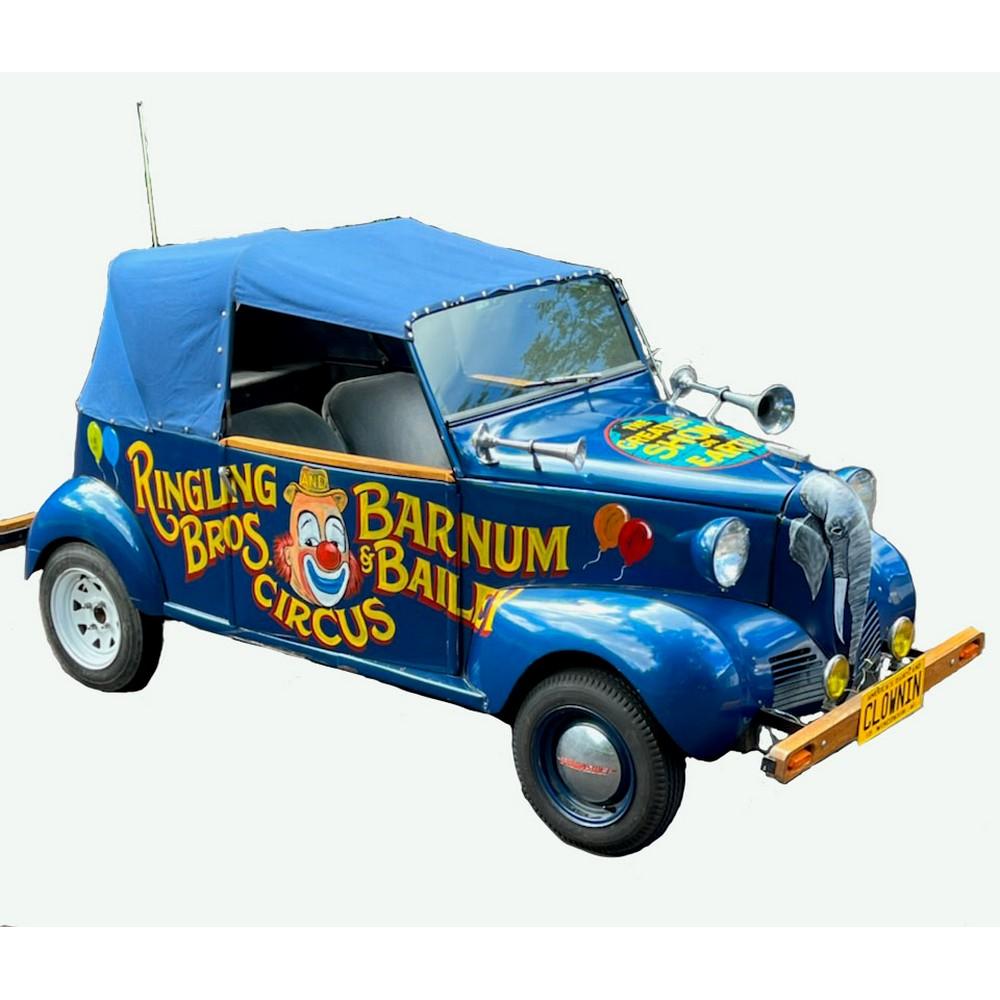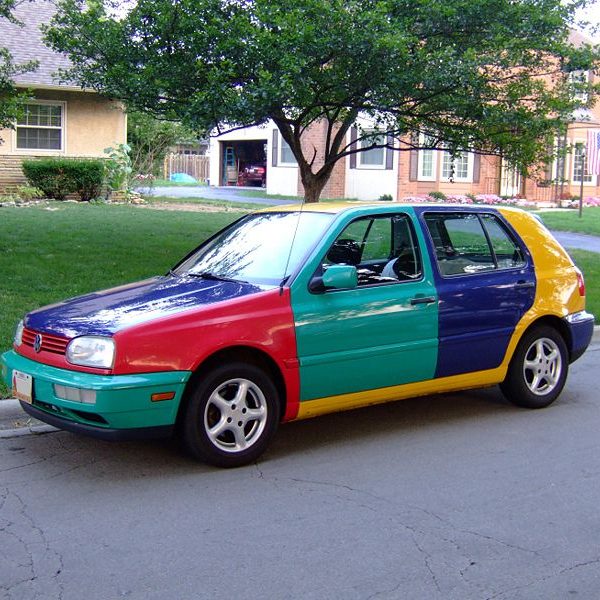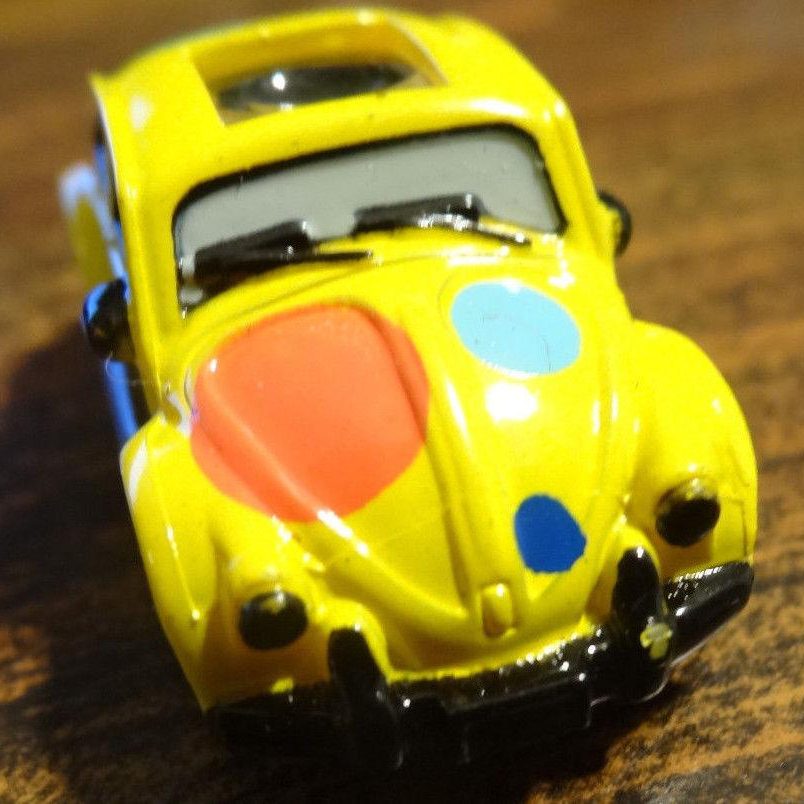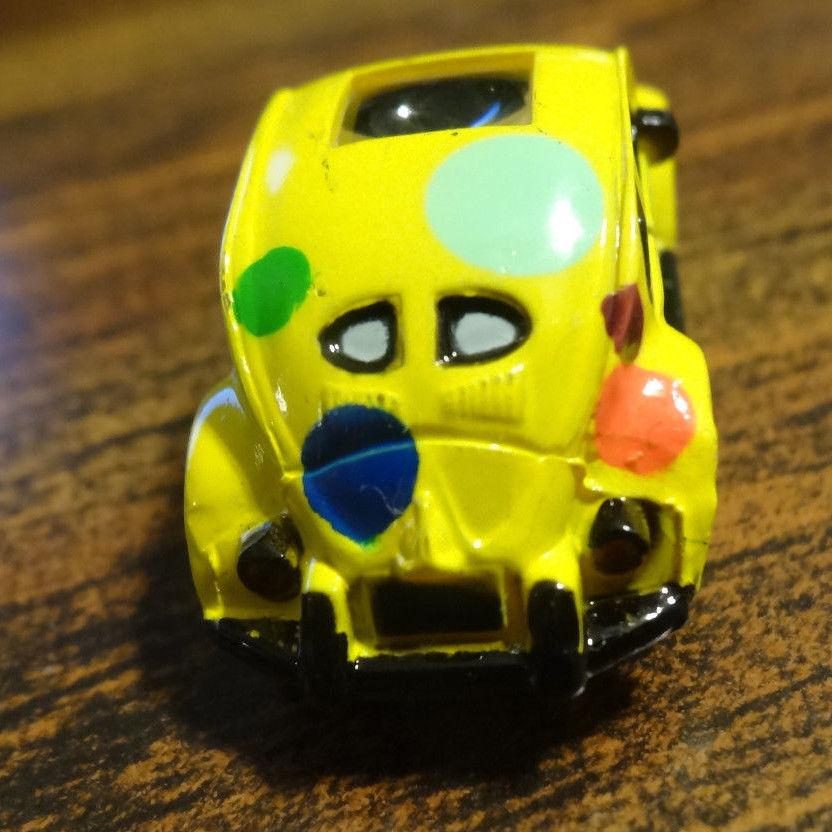The clown car is one of the most iconic and amusing elements of circus performances. It encapsulates a world of whimsy and illusion that has captivated audiences for generations. The simple act of multiple clowns emerging from a tiny vehicle creates a powerful visual spectacle that combines humor, surprise, and artistry. This article will explore the origins of the clown car, its role in circus performances, the techniques employed to create this illusion, and its impact on contemporary entertainment.
The History of the Clown Car
Origins in Circus Culture
The concept of the clown car has its roots in the rich history of circus entertainment. Circus performances have long featured clowns as comedic characters, often acting as the source of humor in a variety of settings. The clown car, as we know it today, began to take shape in the late 19th century. Clowns used cars as part of their act to enhance the visual impact of their performances.
As the automobile became a popular mode of transportation, it naturally found its way into circus acts. The juxtaposition between clowns’ large personas and the small vehicles created an immediate sense of contrast and humor. This gimmick began to gain popularity, and circus troupes began to incorporate clown cars into their routines extensively.
Evolution of the Clown Car Routine
Over the years, clown car acts evolved from simple comedic sketches to elaborate routines. The classic image of clowns tumbling out of a small car became a signature feature of many circuses. With each performance, the act became more refined, incorporating choreography, timing, and skillful comedic delivery.
As audiences became harder to impress, clowns began to push the limits of what was possible with the clown car. They developed more creative ways to exit the vehicle, often employing visual gags and physical comedy that left spectators in stitches. This evolution ensured that the clown car remained a relevant and entertaining element of circus performances.

The Art of Illusion
Principles of Illusion
At its core, the clown car act is a masterful demonstration of illusion. The art of illusion relies on visual trickery to create surprising outcomes. Audience members are often left scratching their heads, wondering how so many clowns can fit into such a small space. This mystery enhances the comedic effect and draws attention to the skill of the performers.
Illusions in clown car acts often stem from the principles of perception. Performers use angles, positioning, and timing to manipulate how the audience interprets what they see. The goal is to create a sense of disbelief and amazement, ultimately enhancing the enjoyment of the performance.
The Role of Comedy
Comedy plays an integral role in the clown car routine. The absurdity of clowns squeezing into a tiny vehicle creates instant humor. Clowns exhibit exaggerated movements, silly facial expressions, and playful interactions with one another, all of which contribute to the comedic atmosphere.
In addition to surprise, timing is crucial in creating laughter. A well-timed entrance or exit can amplify the humor significantly. Clowns often practice their routines extensively to ensure that their comedic timing is spot on. This dedication to the craft elevates the performance, making it memorable for the audience.

Techniques of Performance
Physical Comedy in Action
Physical comedy is a significant component of clown car acts. Clowns often utilize exaggerated movements and slapstick humor to enhance the illusion of many clowns emerging from a single car. The act of clumsily tumbling out of the vehicle introduces physicality into the performance, engaging the audience on a visual level.
Moreover, the combination of props plays an essential role in the performance. Clowns may use oversized shoes, colorful wigs, and silly costumes to amplify their comedic presence. These elements add a layer of entertainment that complements the illusion of the clown car itself, making the routine unforgettable.
Choreography and Timing
Choreography is instrumental in ensuring a successful clown car routine. Every movement must be carefully planned and synchronized. Clowns must navigate the space around the car while simultaneously timing their exits and interactions with each other. Well-executed choreography allows the act to flow seamlessly, enhancing the illusion of chaos.
The precision of timing is significant. A misstep or poorly timed action can ruin the illusion, affecting the audience’s experience. Clowns undergo rigorous rehearsals to master their choreography, ensuring that each aspect of the performance meets their comedic goals. The attention to detail in choreography adds a layer of professionalism and artistry to what may appear as chaotic fun.

Cultural Impact of the Clown Car
Influence on Popular Culture
The clown car has made a considerable impact on popular culture, transcending its circus origins. The image of clowns tumbling out of a tiny vehicle has appeared in various forms of media, including television shows, movies, and advertisements. These references contribute to the enduring legacy of the clown cars as a symbol of humor and entertainment.
Moreover, iconic comedic performances have drawn inspiration from clown cars routines. Comedians and sketch artists incorporate similar visual gags into their acts, acknowledging the universal appeal of surprise and absurdity. This influence showcases how the clown car has inspired new generations of entertainers.
Connection to Children’s Entertainment
Clown car acts have a special place in children’s entertainment. The colorful visuals, funny actions, and surprising moments capture the attention of young audiences. Many circuses and shows aimed at children include clown car routines to engage their interest and create lasting memories.
The appeal of the clown car lies in its ability to evoke laughter and wonder in various age groups. This connection to childhood joy keeps the legacy of the clown car alive. As children grow, their love for the antics of clowns and their beloved vehicles continues to be cherished.

Modern Interpretations of the Clown Car
Innovative Presentations
In contemporary performances, the clown car concept has evolved in innovative ways. Many modern circus troupes experiment with digital technology, incorporating multimedia elements that enhance the visual experience. Projection mapping may be used to create animated backgrounds or enhance the clown car itself, adding a new dimension to the performance.
Additionally, some performers add storylines that give context to the clown car act. By weaving narratives into their routines, they create a deeper emotional connection with the audience while maintaining the humor. These creative touchpoints ensure that the clown car remains relevant in today’s entertainment landscape.
Incorporating Diverse Styles
Modern interpretations of the clown cars also incorporate diverse performance styles. Some acts blend traditional clowning with elements of dance, theater, or even acrobatics. This fusion of genres creates a rich and dynamic experience, appealing to a broader audience.
Performers continue to push the boundaries of what the clown cars routine can be, experimenting with new ideas and concepts. This willingness to innovate keeps the act fresh and exciting. Audiences can expect unexpected surprises and creativity, making each performance a unique experience.

The Future of the Car Act
Digital Transformations
As technology evolves, the clown car act may experience further transformations. Virtual reality, augmented reality, and interactive installations could become part of the experience. Such innovations allow audiences to engage more deeply with the performance while enjoying the elements of surprise that characterize the clown cars act.
The integration of digital technology could also open up avenues for new storytelling methods. Performers could create immersive environments where audiences feel directly involved. This potential broadens the scope of the clown cars act, ensuring that it remains relevant in a rapidly changing entertainment landscape.
Keeping with Tradition
Despite the innovations, honoring the traditions of clowning is vital. The classic elements that define the clown cars act should not be forgotten. The humor, physicality, and charm that have allowed it to thrive for generations must continue to be celebrated. A balance of innovation and tradition will ensure that this beloved act retains its place in the hearts of future audiences.
Preserving the essence of the clown cars while incorporating modern practices ensures its longevity. Clown performers can blend new ideas with traditional techniques to create shows that resonate with audiences of all ages. Embracing both aspects will enhance the art and reinforce the rich legacy of clowning.
Lessons from the Clown Car
Embracing Humor and Joy
One of the most significant lessons from clown car acts is the importance of humor and joy. In a world that often feels heavy, the playful antics of clowns remind us of the value of laughter. The clown car encourages audiences to embrace lightheartedness and find delight in unexpected surprises.
Incorporating humor into daily life can foster positivity. Individuals can benefit from moments of joy, much like the laughter elicited by the clown car. Finding ways to embrace silliness and fun helps to create a fulfilling experience, both personally and within communities.
The Power of Community
The clown car act also highlights the power of teamwork and collaboration. Clowns typically work closely together, coordinating their movements and timing. Their successful performances rely on communication and cooperation, teaching valuable lessons about camaraderie.
In any endeavor, teamwork leads to stronger outcomes. The joy of shared experiences, similar to that found in clown acts, fosters connection and collaboration among individuals. Emphasizing the importance of community can inspire creativity and foster relationships that enhance life experiences.
Conclusion
The clown car is a quintessential element of circus performances. Its combination of humor, surprise, and nostalgia resonates with audiences of all ages. From its military origins to its modern interpretations, the clown car has evolved while retaining its core charm.
As we look to the future, the clown car act’s potential for innovation is exciting. Embracing technology while honoring tradition may lead to fresh experiences that capture the heart of what makes clowning so special. Ultimately, the clown car’s enduring legacy is a testament to the power of laughter, community, and creativity.
Incorporating the spirit of the clown cars into our lives can remind us to embrace joy and spontaneity. Engaging with humor and surrounding ourselves with uplifting experiences fosters positivity. The lessons learned from the clown cars, where laughter reigns supreme, can enrich our lives and those of future generations.

Leave a Reply